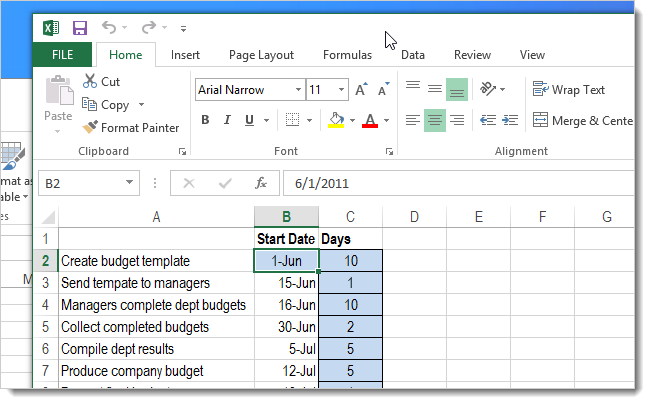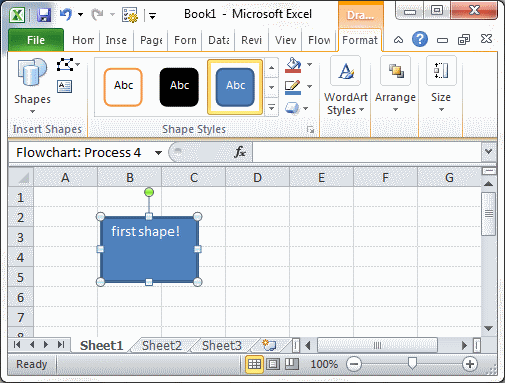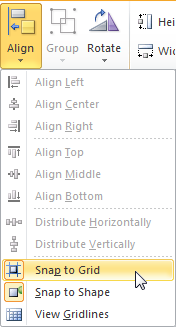
To see the list of all worksheets, right click on the two arrows (◄►) near the sheet tabs. Mouse tips and tricks for sheet navigation See all sheets and navigate All you need to is right click on the status bar and click on the option you want to add. You can add minimum, maximum, average, and count of the items from your selection into the summary section on the bottom of the screen. For example, when the Page Layout tab is active, double-click on “Page Layout”. You can toggle between expanded and collapsed modes of the Ribbon by double-clicking the title of active tab. All Excel workbooks will be closed without saving.

To bypass the Don’t Save button for when closing each file without saving, click this button while pressing the Shift key. Objects can be positioned in relation to the grid of the worksheet, as well as in relation to other shapes appear on it.For keyboard shortcuts please see: 10 Most Useful Shortcuts in Excel Mouse tips and tricks for Excel window and structure Close AllĬlick on the close ( X) button while holding down the Shift key to close all Excel workbooks at once. To ungroup any objects that have been grouped together, first click to select the group in question and then click Picture Tools – Format (or Drawing Tools – Format) → Group → Ungroup:Īfter ungrouping a group, you can quickly reform it by selecting one of the objects that a member of the previous group and clicking Picture Tools – Format (or Drawing Tools – Format) → Group → Regroup. Once two or more graphical objects are grouped together, any changes made to the group will be applied to all of its members – including size, position, and more: Next, click Picture Tools – Format (or Drawing Tools – Format) → Group → Group: To do this, select each graphical object that you would like to group (hold the Ctrl key while clicking on each object). If you would like to work with multiple objects as a group, such as moving them all at the same time, you can group them together.

If you would like to change how these objects are arranged, click and drag them around in this list to shift their location: This task pane will list all of the graphical objects that exist on the current worksheet and how they are currently arranged: To do this, click Picture Tools (or Drawing Tools) – Format → Selection Pane: If you would instead like to move a selected graphical object to the bottom or top of the stack of layers, the Bring Forward → Send to Front, or Send Backward → Send to Back commands can be used:Īlternatively, you can view and interact with the various graphical objects that exist on layers within the worksheet by opening the Selection task pane. To do this, first click to select the object that you would like to work with and then click Picture Tools – Format (or Drawing Tools – Format) → Bring Forward or Bring Backward: You can manipulate a layer and how it interacts with others by moving it forward or backward in the stack of layers – just like moving the top-most card in a deck below the next and vice-versa.

When a graphical object is added to a worksheet, it is added to its own layer so that it can overlap any existing objects. Topic Objectives In this topic, you will learn: Over the course of this topic, you will learn all about layering and grouping graphical objects in Microsoft Excel 2016.

Using layers, you can choose which object overlaps another, while grouping allows you to group multiple graphical object together so that you can adjust their properties all at the same time.
#Snap to grid excel 2013 how to#
Once you have added graphical objects to a worksheet, it is important to know how to organize their positioning in relation to one another.


 0 kommentar(er)
0 kommentar(er)
